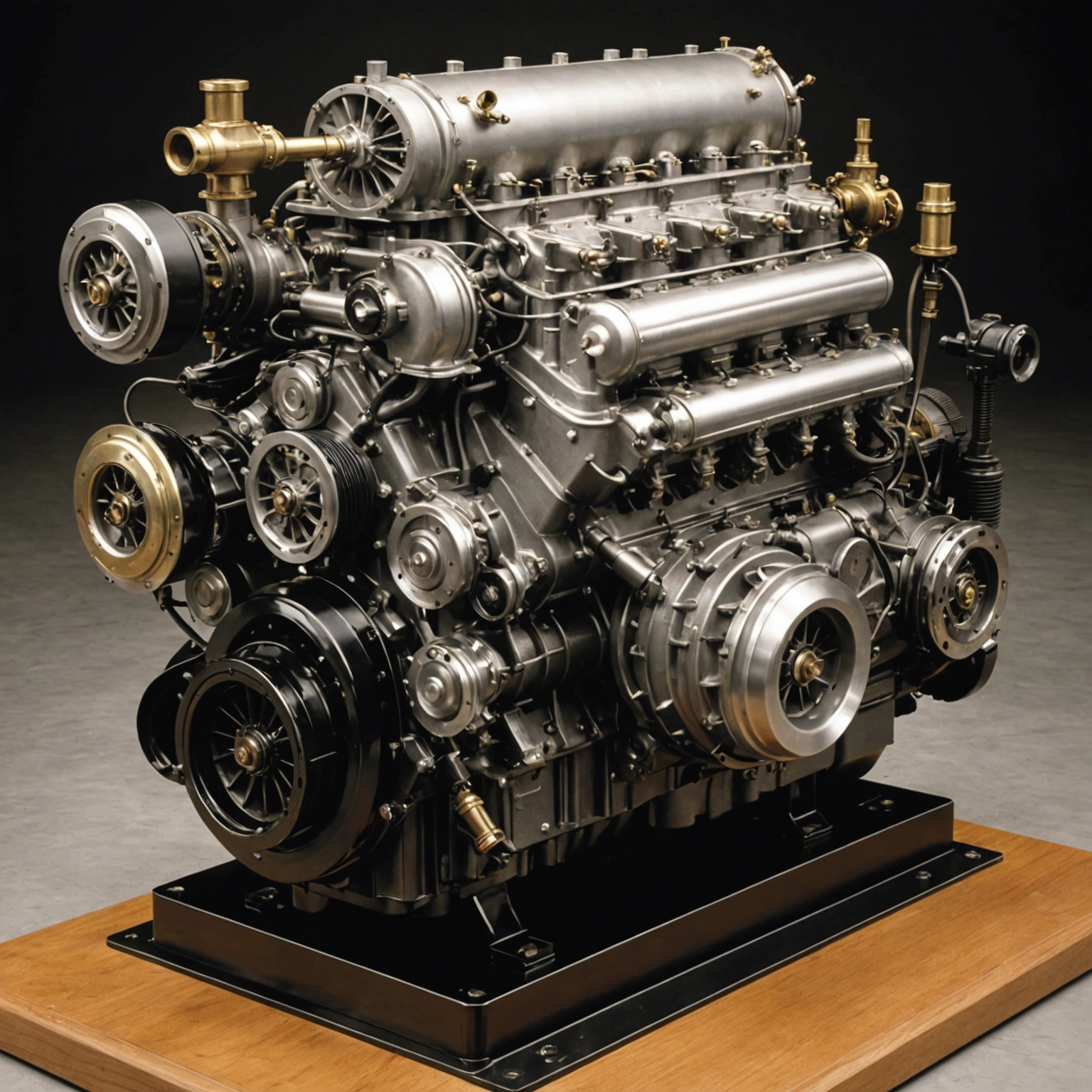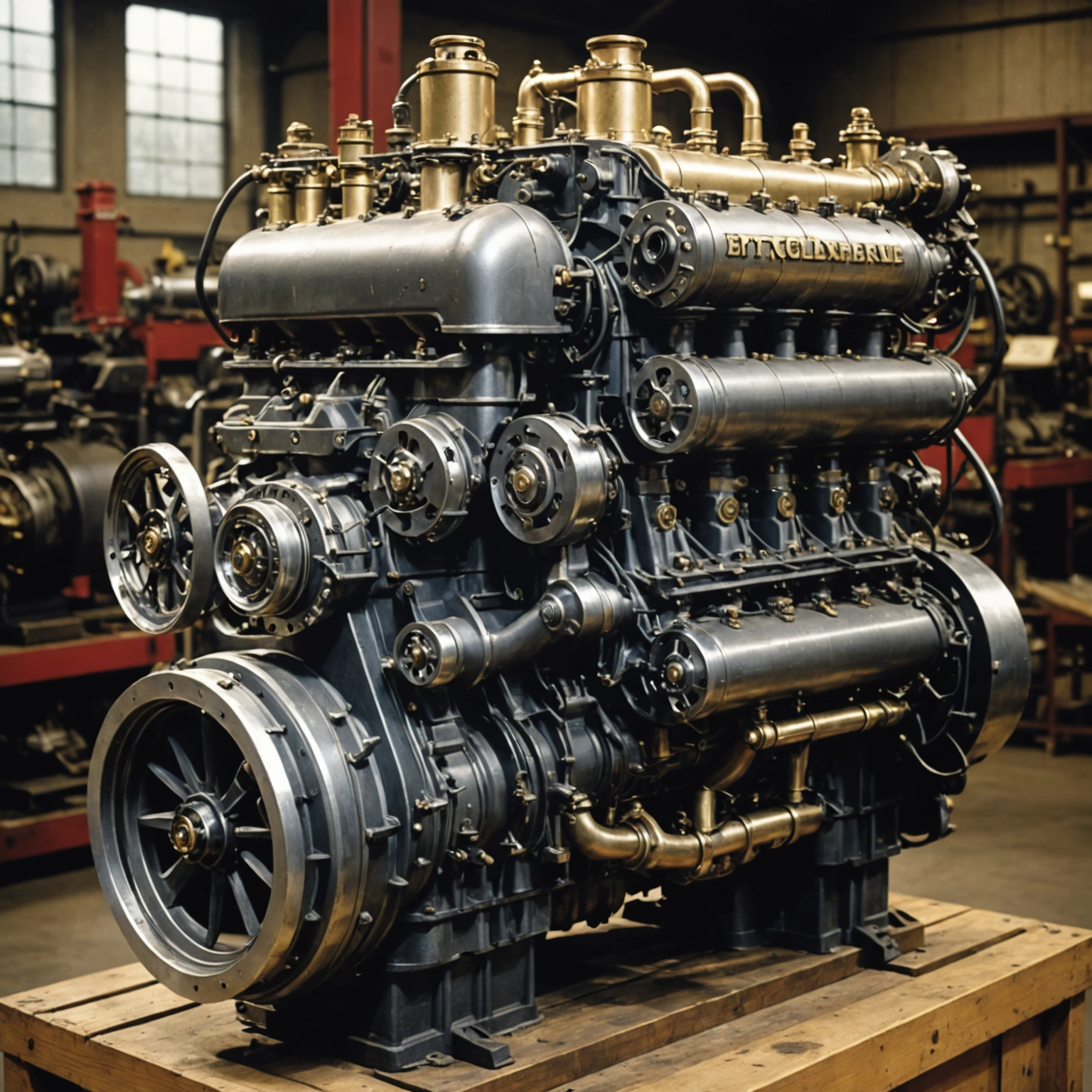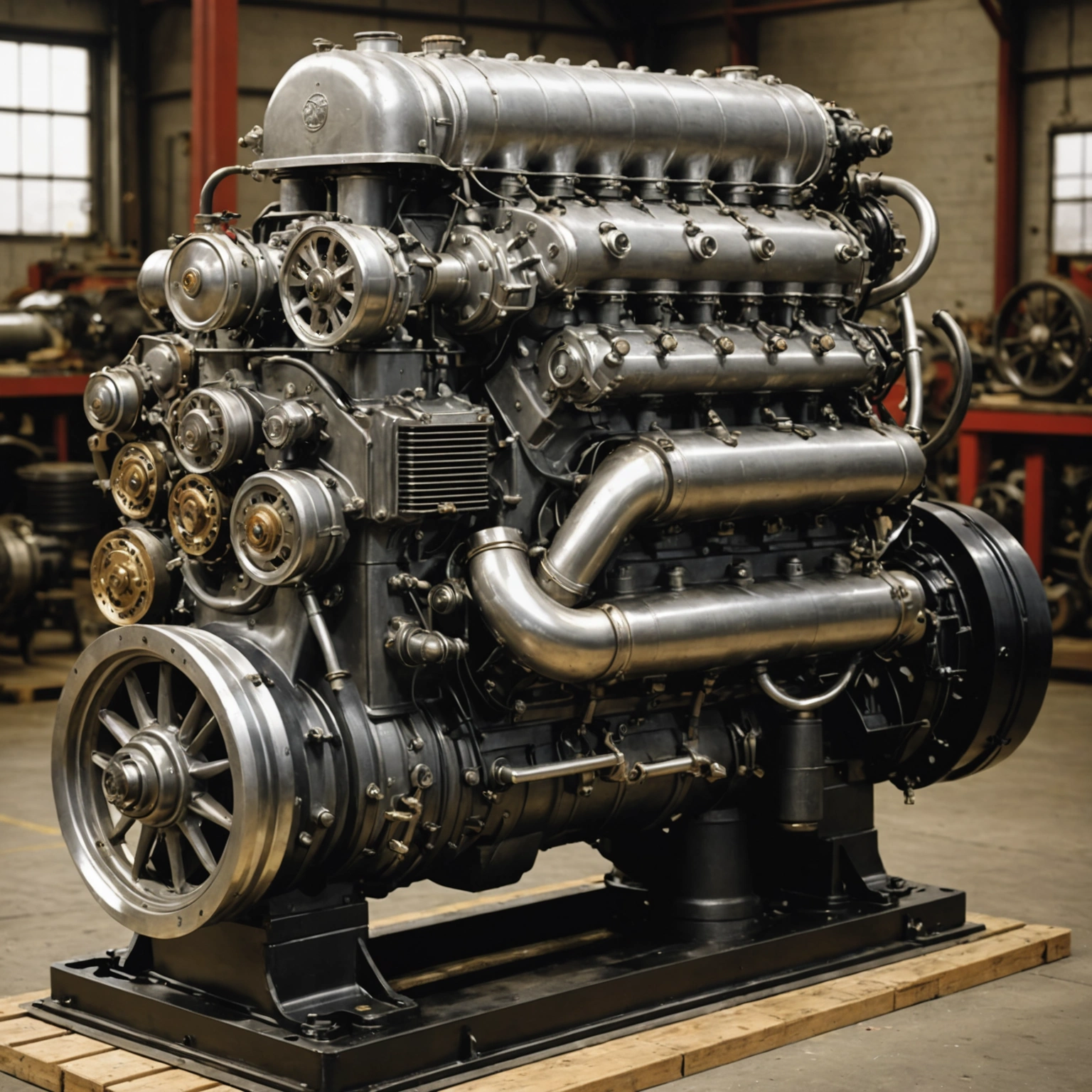**Who Invented the Automobile Engine? A Look at Its Inventors and Evolution**
The invention of the automobile engine is a fascinating story marked by innovation, experimentation, and collaboration over many years. Unlike a single inventor, the development of the automobile engine was a gradual process that involved numerous pioneers contributing crucial advancements. Here’s a detailed overview of the key figures and milestones in the invention of the automobile engine.

### Early Foundations: The Internal Combustion Principle
Before cars with engines were practical, scientists and engineers experimented with internal combustion engines in the 19th century. The principle of internal combustion—burning fuel inside a confined space to produce motion—had been explored for decades, laying the groundwork for automotive engines.

### Key Inventors and Milestones
**1. Étienne Lenoir (1822–1900)**

A Belgian engineer, Lenoir developed one of the first commercially successful internal combustion engines in 1860. His engine used a mixture of coal gas and air, ignited to produce power. While not suitable for automobiles, Lenoir’s work demonstrated the feasibility of internal combustion engines.
**2. Nikolaus Otto (1832–1891)**

A German engineer, Otto is often credited with inventing the first practical four-stroke internal combustion engine—the Otto cycle—in 1876. This engine laid the foundation for most modern gasoline engines, offering improved efficiency and power. Otto’s design became the standard for automobile engines.
**3. Karl Benz (1844–1929)**
Although Karl Benz is famously associated with the creation of the first true automobile, his 1885–1886 Benz Patent-Motorwagen was powered by a single-cylinder four-stroke engine developed by his team. Benz’s engine was a significant leap toward practical motorized transportation, combining a reliable internal combustion engine with a lightweight chassis.
**4. Gottlieb Daimler (1834–1900) and Wilhelm Maybach (1846–1929)**
Daimler and Maybach made key enhancements to internal combustion engines, including developing high-speed gasoline engines in the 1880s. Their innovations led to smaller, more powerful engines suitable for automobiles, and Daimler is often credited with inventing the high-speed gas engine that became the basis for modern automotive engines.
**5. René Panhard and Émile Levassor**
These French engineers contributed to early automobile development, incorporating improved internal combustion engines into vehicles in the late 1880s and early 1890s, further refining engine design and application.
### The Evolution Continues
The development of the automobile engine was a collaborative effort that evolved through contributions from many inventors and engineers. The transition from experimental engines to practical, mass-produced automotive engines was driven by innovations from Otto, Benz, Daimler, and others, culminating in the modern internal combustion engines that powered the 20th-century automotive revolution.
### Conclusion
While no single person can be definitively credited with inventing the automobile engine, key figures like Nikolaus Otto, Karl Benz, Gottlieb Daimler, and Wilhelm Maybach played pivotal roles in its development. Their collective innovations transformed internal combustion principles into practical engines, fueling the rise of the automobile industry and changing the way the world moves.
**In essence, the invention and refinement of the automobile engine was a collaborative journey—one that combined the ingenuity of many pioneers to create the powerful, reliable engines we rely on today.**

